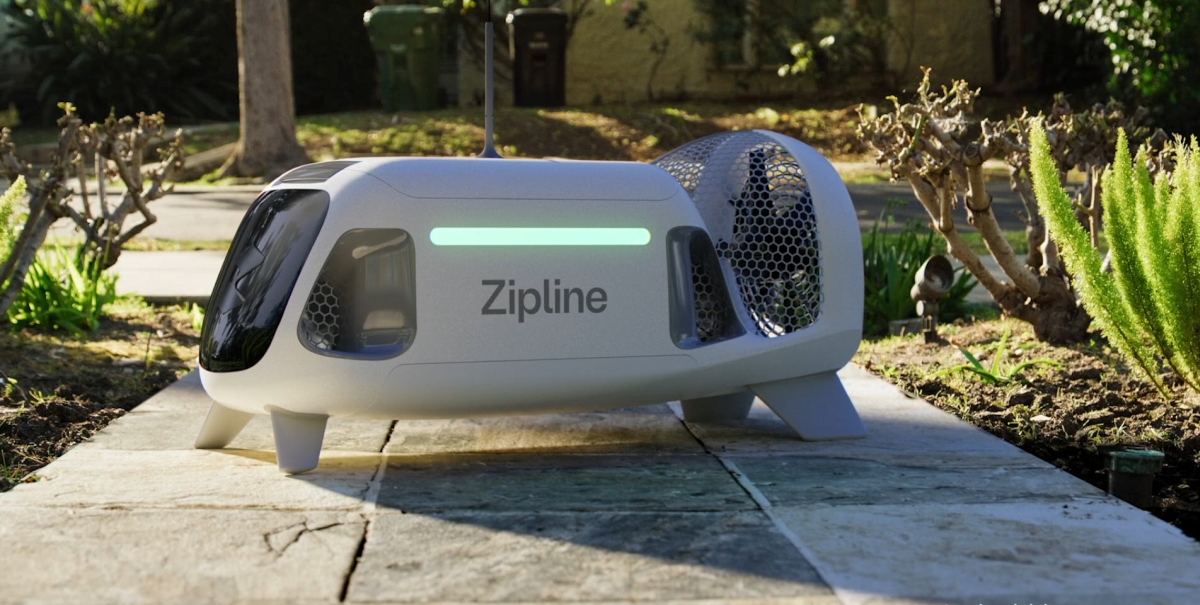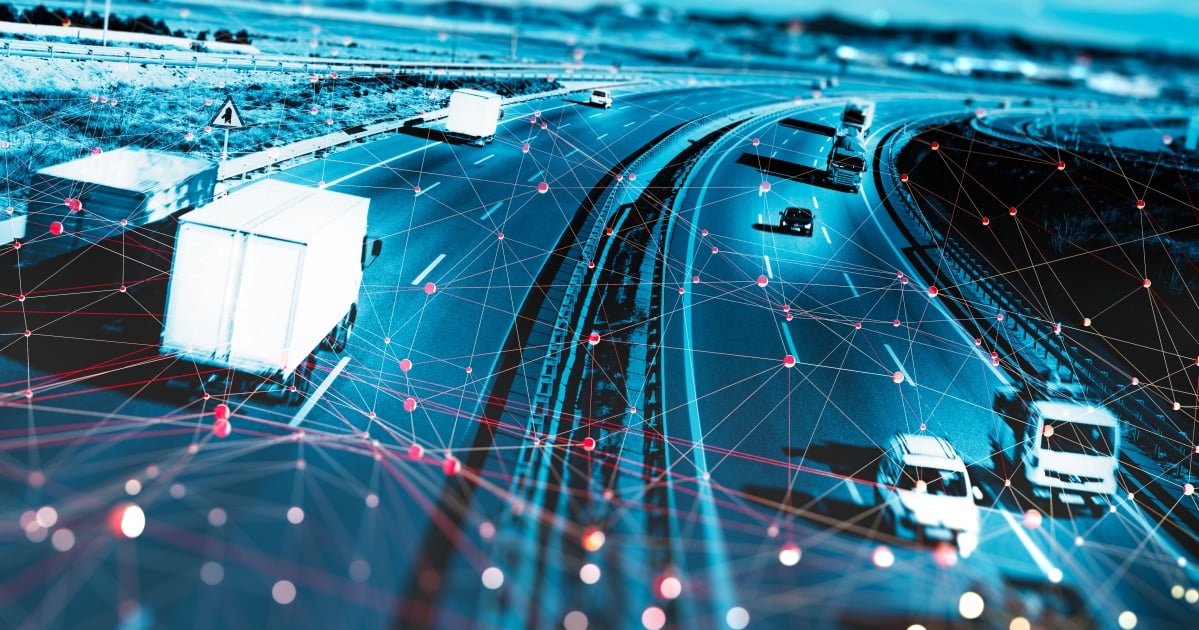You’ve probably seen a drone on TV, or maybe at a trade show. Perhaps you even own one. But these devices are still not all that widespread. In the not-too-distant future, however, these things will be everywhere.
That means we have a lot of work to do—and on a lot of different fronts, noted a panel of communications experts that came together today at IoT Evolution Expo in Las Vegas.
The work needs to happen on a wide variety of fronts, including but not limited to addressing security-related issues, building the ground-based infrastructure to enable the unmanned aerial vehicle space to scale, and figuring out the rules and requirements around air space usage.
Some of the most widely circulated, and disturbing, stories about drones lately have involved unmanned aerial devices making their way onto the grounds of The White House and getting in the way of air-based firefighting efforts to combat the recent forest fires in California. Some drone operators certainly might just try to push the envelope to see what they can get away with, but others may simply be unaware that certain areas are off limits for drones.
To ensure that drone operators know whether there are permanent or temporary no-fly zones in effect at any time, the Federal Aviation Administration in the next few months is expected to introduce an app for Android and iOS devices that makes current no-fly zone information available, said Kerry Garrison, COO of Multicopter Warehouse.
Chuck Byers of Cisco, meanwhile, talked about what kind of ground-based infrastructure will be required to support air-based drones.
Image via Shutterstock That, he said, will include landing roosts, which will serve as drone airports of sorts. These roosts will be places where lots of UAVs sit when they’re not in the air, and where they can recharge. These roosts might exist to service the drones of one particular company, or be offered as a service to multiple drone owners, Byers suggested. He added that these roosts could exist at fixed locations, like on the roof of a building, and/or atop large trucks.
Byers also talked about a landing perch, which is essentially a smaller version of a roost. Here he talked not only about UAV cooling and battery recharging, but also about the idea of UAV performance testing.
Ground-based infrastructure for drones will also need to include postal boxes where UAVs that exist to make deliveries can drop their packages, he said.
There will also be a need for radios and sensors, cloud services and servers, and fog nodes.
Cisco has been talking a lot of fog computing and its relationship to IoT in recent months. Fog nodes, he explained, do the computation in real time to allow for faster decision making and related action.
So those are the basic pieces of what’s needed, he said. What’s next is for the industry to standardize key attributes of this infrastructure to ensure interoperability and regulatory compliance for all of it. To get there, he said, the industry needs to do some testbed work, for which Cisco is looking for partners.
Peter Dunkley, technical director of Acision, also had a great and thought-provoking presentation. During his talk, he mentioned some of the more disturbing developments on the drone frontier as well as some of the more promising ones.
He recounted the story about a Connecticut teen having built a UAV that can fire a pistol, and noted reports about the ability to take over the control of a plane (not to mention a Jeep Cherokee) and make it change course.
On a happier note, he talked about how four cities in the U.K. are working on trials of autonomous vehicles to figure out which system is the most viable.
Despite such trials, drones clearly are not a futuristic thing, he said. They are already here. That means the industry really needs to get to work to sort out important issues like how to secure them. Before we go any further, Dunkley urged, we should encrypt everything.
Byers suggested that the industry also needs to figure out how to put a stop to a rogue. One method would be to send another drone after it to bring it down, he said, but that would create fallout that could rain down and potentially harm people or things. A better idea, he said, might be a snare.
The idea of an intentionally or unintentionally broken UAV plummeting back to Earth is not a pretty one. In fact, during the session Garrison compared it to a cinder block with rotating razor blades (or something along those lines). That’s why the reliability of drones will also be key, he said.
Edited by
Dominick Sorrentino





